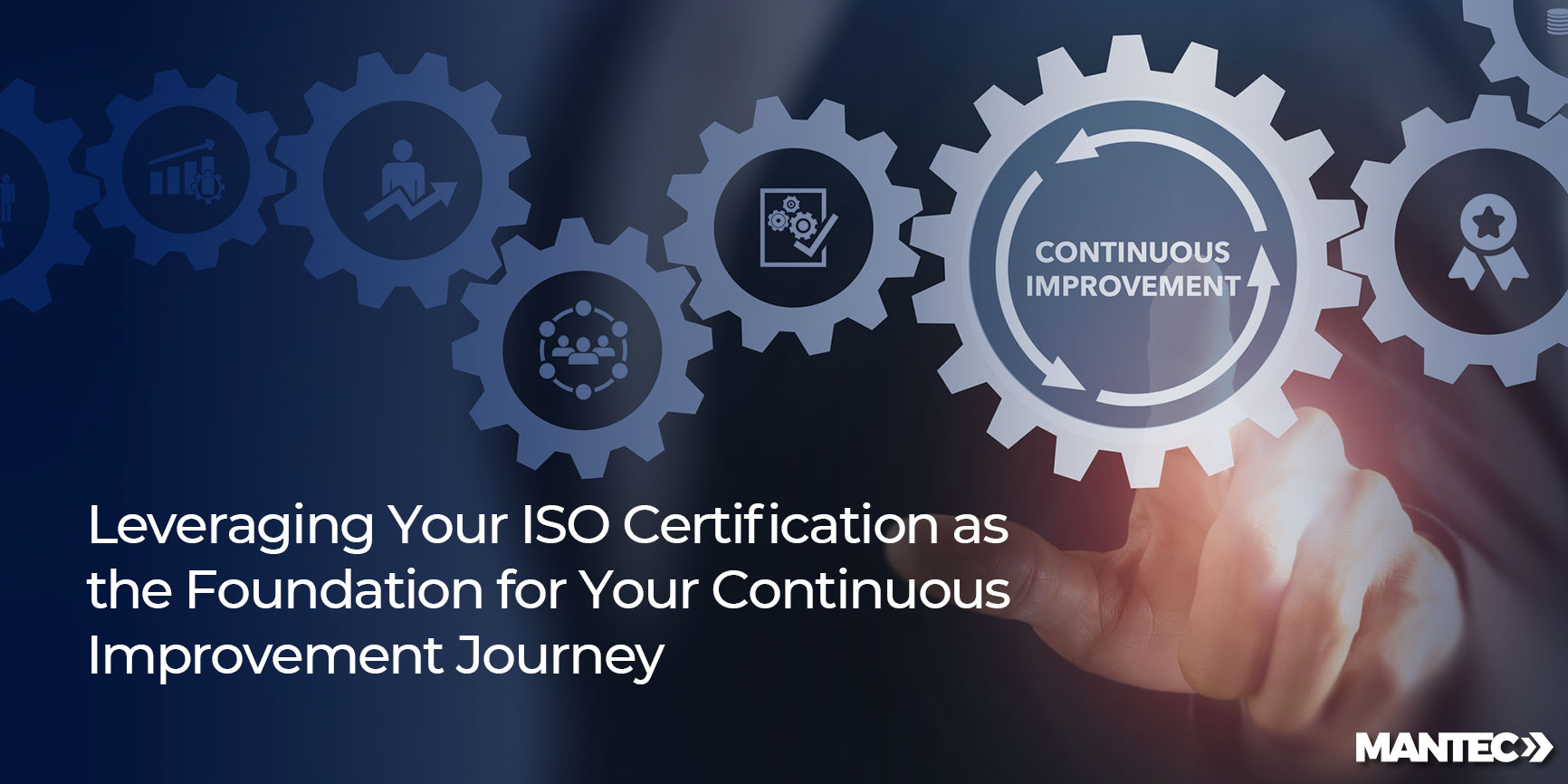In the fast-paced world of manufacturing, staying ahead often means embracing change. Soon, the only…
Written by MEP National Network’s Chuck Werner, Lean Technology Manager of Michigan Manufacturing Technology Center
One advantage of my current role, which I did not get to experience while working full-time in manufacturing, is getting to take part in conferences for the new tools, technologies and techniques being used in the industry. As a result, I have witnessed many presentations from suppliers of Industry 4.0 products and processes, as well as heard from companies that have taken various steps to implement smart factories, Internet of Things, robotics and so on.
From the supplier side, these presentations typically go a little like this: “Hi, I’m [name] from [company]. We produce [technology/service] for Industry 4.0. We mostly supply to Automotive Manufacturers or Ginormous Tier I suppliers. Our product/service is not only amazing and revolutionary, but also highly expensive, and something that would be an enormous investment for you to make. Thank you very much.”
When manufacturers speak, the gist is: “Hello, I’m [name] from [company]. I’m here to share our amazing transformational journey into Industry 4.0 with you. While the technology/service that we acquired was highly expensive and an enormous investment, it is amazing and revolutionary. Fortunately, we had these bags of money available, so we went ahead with the implementation using our department’s wealth of resources and experts available to us.”
Although this may not be verbatim, to the small and medium-sized manufacturers in the room, it may as well be. During these presentations I have watched them literally wilt as they hear of the huge demand for resources, expertise and investment. Most get discouraged by this and begin to think that perhaps the Fourth Industrial Revolution is not for them. Given the incredible benefits of employing Industry 4.0 tools and methodologies, this is a mistake. While implementing anything new in a small to medium business provides challenges and requires some rather specific activities, it is not impossible to accomplish.
Fourth Industrial Revolution Evolution
With the increased pace of technological advancements, it’s been suggested that the age of “revolution” is over, and we are now entering an almost continuous state of “evolution” in manufacturing. This evolution brings with it discoveries in artificial intelligence that will create step-changes in both the design and implementation processes, as well as technologies in modeling and additive manufacturing that will reduce time to prototype and, by extension, time to market. As larger companies begin to implement these changes, learning and continuous improvements will take place. These improvements will include both application and cost.
In America, 99.7% of manufacturers fall into the bucket of small to medium-sized. The suppliers of 4.0 technologies and services are aware of this fact. Although we mostly only see bigger companies incorporating Industry 4.0 into their facilities, there are a number of companies supplying more affordable options for sensors using Bluetooth technology, cloud-based inventory and predictive maintenance, and automated solutions for manufacturing, inspection and data collection. As the price point for implementation drops, opportunities arise for small to medium enterprises to get a taste of what Industry 4.0 has to offer.
How to Approach Industry 4.0
Even if a company is not ready to take the plunge into Industry 4.0, there is no time like the present to test the waters. The following is a list of actions that small to medium-sized manufacturers can take to begin capitalizing on the processes and capabilities available:
- Understand the Needs of the Business (aka Voice of Business). No company of any size should invest capital or resources until they are sure that the investment will align with their needs. It is critical for a company to understand their Key Performance Indicators (KPIs) and be able to tie performance to financial results to track their Return on Investment (ROI). For example, will the increased capacity from reducing downtime pay for sensors or condition-based maintenance? Figuring this out could help identify the funding required for further improvements. This is a process that has been well defined and used for more than 30 years. If needed, there are resources (such as The Center) that can help you through this.
- Become Educated on the Opportunities Available. Once the organization identifies areas of opportunity, they also will want to identify which technologies or processes are available. There are many groups building 4.0 environments where hands-on experience can be gained, along with conferences and networking groups that bring suppliers and customers together. Not only does this educate the company on what is available, but it provides invaluable information to suppliers on what still needs to be developed.
- Create the Vision. With the Voice of Business (VOB), awareness of 4.0 opportunities, and a decent idea of future products and services all in place, the leadership team can then envision the perfect future state for the company. It’s important that the champion tasked with creating the vision has a fair level of subject matter expertise. Many smaller businesses do not have a Chief Technology Officer (CTO) or Chief Intelligence Officer (CIO) available to them, so it may be necessary to seek outside support both here and in the following step.
- Build the Blueprint. Creating an implementation roadmap to achieve the future state is next. The order of implementation will be driven by the needs of the business matched with the ROI, availability and suitability of the products and processes required. It is possible that the initial steps will be preparatory. If a company wishes to use the Cloud for data storage or integrated manufacturing to connect with their suppliers and customers, they will need to consider whether the implementation of cybersecurity is needed prior to beginning that work (Hint: the answer here is yes).
- Start Small. Choosing to implement 4.0 technologies in stages makes perfect sense for small to medium-sized businesses, particularly if the savings of the initial endeavors will be used to fund the next ones. As each success adds to the bottom line, the struggle to identify funds or resources for the next opportunity is simplified. The most important benefit of this approach, however, is the importance of building momentum, as with any continuous improvement effort.
- Build on Success/Gain Buy In. The greatest advantage of starting small and focusing on one business need at a time is summed up nicely with the phrase, “Nothing succeeds like success.” As mentioned previously, the practice of identifying and implementing process improvements to drive better results in a business is hardly new. Of course, the belief that each new initiative is simply the “flavor of the month” isn’t new either. If a company wants its team to embrace change, it must be able to demonstrate the benefit of the change while mitigating the fear of the unknown. This can be accomplished with incremental changes, as they are easier to communicate, measure and control.
They Who Hesitate Are Lost
Taking the time to determine the Voice of Business, research the opportunities available and establish an implementation plan is imperative for a company to accomplish as they set forth into the world of Industry 4.0. The leadership team must realize that while they may not choose to adopt these step-change processes and services, their competitors will most likely make a different decision. It doesn’t matter if the organization approaches it with the swiftness of the hare or the precision of the turtle; either way, it’s wise to get going.


